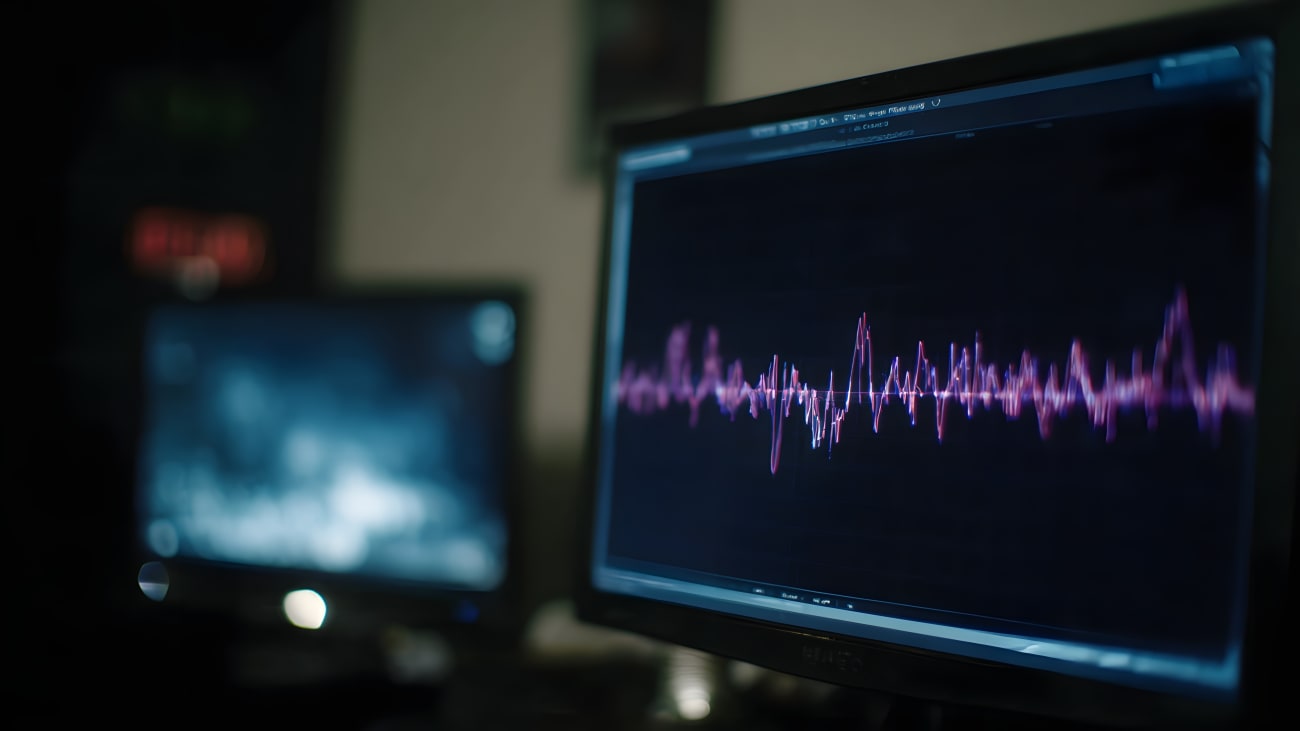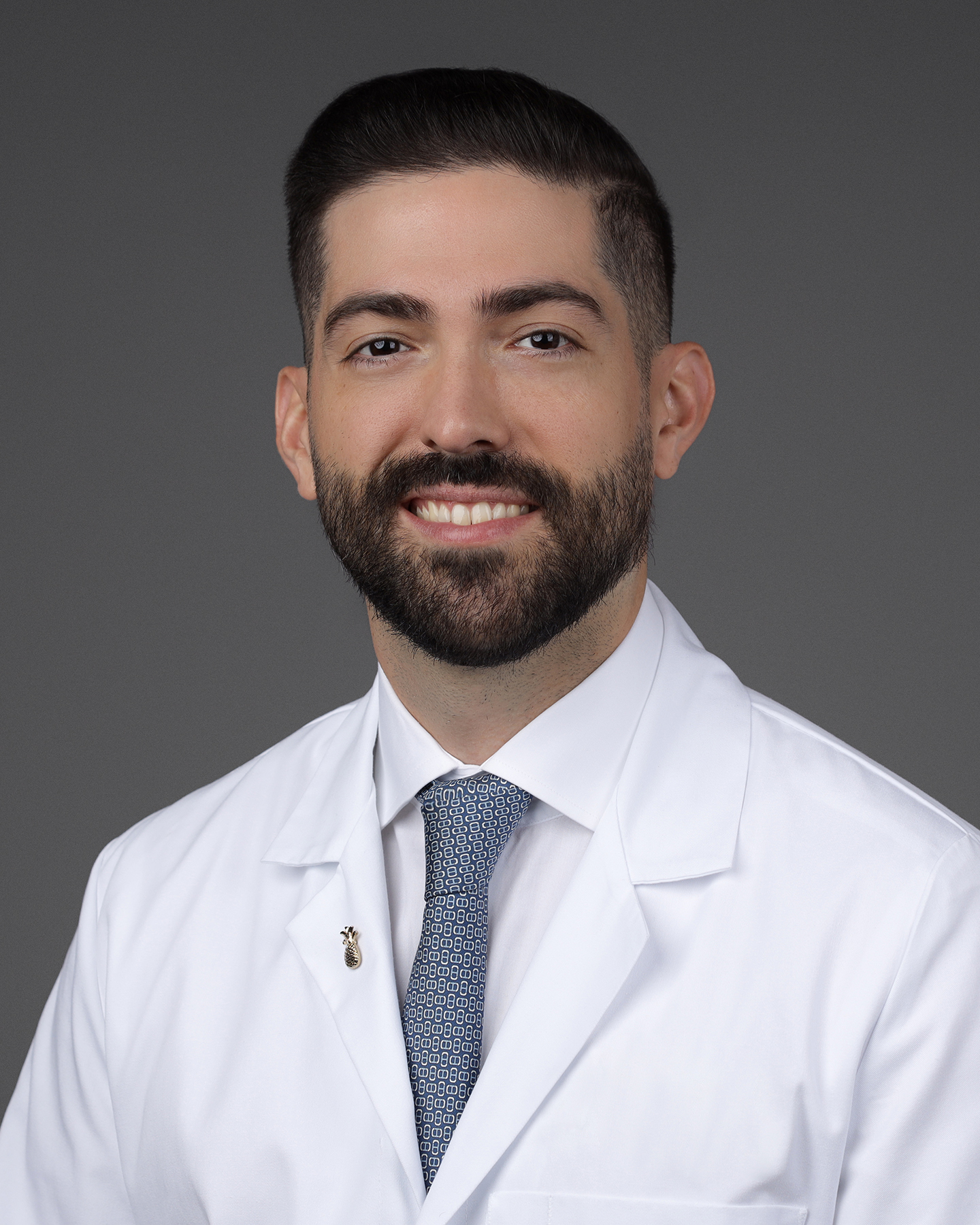

In the critical window where every second counts, point-of-care EEG technology is fundamentally changing how clinicians detect and respond to seizure activity. Unlike traditional EEG systems that require specialized technicians and equipment, these portable, user-friendly devices — now in use at Baptist Health Miami Neuroscience Institute and Marcus Neuroscience Institute, part of Baptist Health — bring rapid EEG monitoring directly to the bedside.

Luis Tornes, M.D.
“If we suspect a patient is having a seizure, we need answers right away,” said Luis Tornes, M.D., director of epilepsy at Miami Neuroscience Institute. “The longer you wait to treat the patient, the greater the risk of damage to the brain. And, the longer seizures continue, the more difficult it is to treat and stop them.”
Point-of-care EEG offers convenience and efficiency, as it can be set up and administered by a nurse within minutes. This accessibility makes it an invaluable tool across various clinical settings, with particular advantages in fast-paced environments such as the emergency room and intensive care unit, where rapid neurological assessment is critical.

Pooja Patel, M.D.
“The gold standard is still full montage EEG, but the vast majority of hospitals in the U.S. and around the world don’t have 24/7 capability to provide EEGs. There is a shortage of trained technologists and even those hospitals with staff and equipment may have to wait hours for someone to come in during the night,” Dr. Tornes said.
The new technology — resembling a headband — consists of a lightweight, wireless headset with multiple built-in electrodes. The information can be viewed in real time from any location by the neurologist or epileptologist. If the physician determines that the patient is having a seizure, medications or other treatment may be delivered immediately.
Studies show that up to 30 percent of critically ill patients can have non-convulsive seizures, which are difficult to detect without EEG. Additionally, responsiveness to first-line medications declines rapidly with time, occurring as soon as 30 minutes into seizure activity.
“Non-convulsive seizures can occur in patients who have had a cardiac arrest, a chronic illness, a traumatic brain injury or those who have a history of epilepsy,” said neurologist Pooja Patel, M.D., director of the epilepsy monitoring unit at Marcus Neuroscience Institute. “Early recognition, to prevent long-term neurological complications, is extremely important. Point-of-care EEG helps us provide the best treatment for our patients.”

